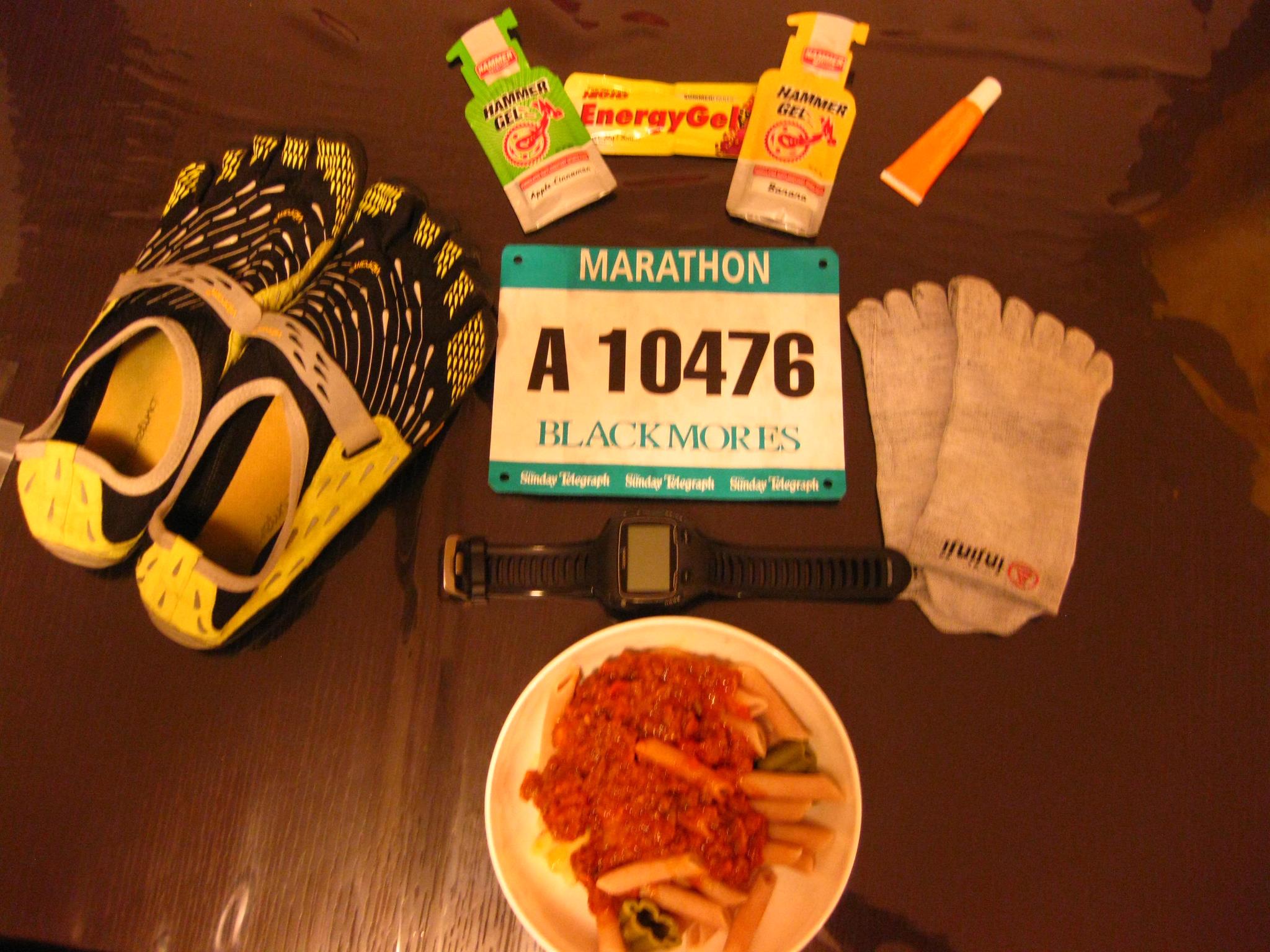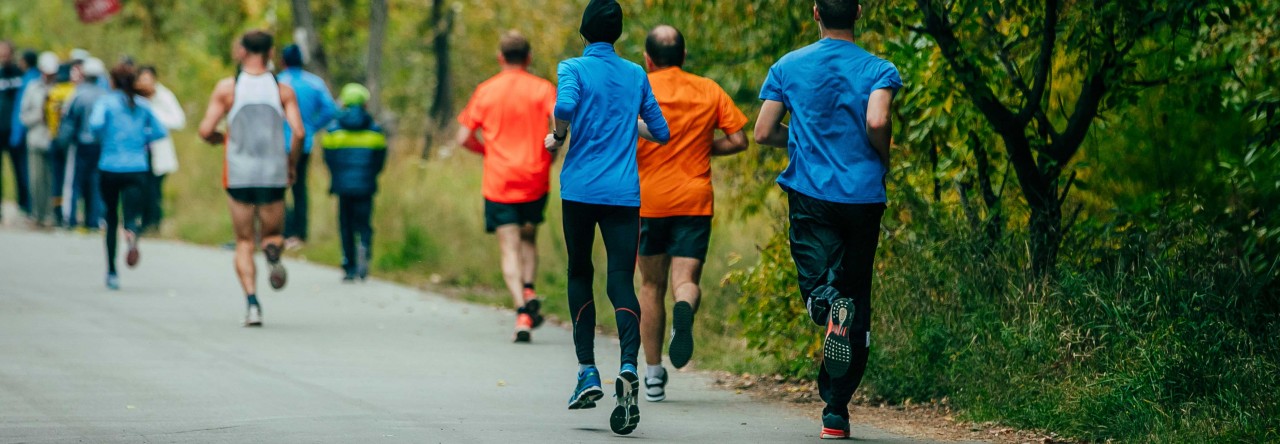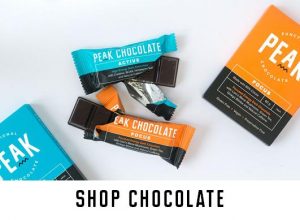When I meet running enthusiasts for the first time I am usually asked variety of questions about Vibram Five Fingers (VFF), my favourite running shoes. I have been wearing them since 2011 and have never looked back. There are benefits in minimalism that do not exist in the opposite direction towards maximalism. Comfort level increases towards maximalism and efficiency drops. It is your call where about on this spectrum you like to settle.
Here you go, an FAQ about wearing VFF. Please do write me comments here or message me directly if any questions or different points of view.
Do VFF shoes help with your running form?
Shoes do not matter as much as the way you run matters. Wearing these shoes might force you to correct some movements but until the time you stop what you doing to start running in Pose you are just hanging around in the darkness repeating same mistakes hoping for the best. You gain some strength by wearing these and you mind your landing a bit more because you have less cushioning in your footwear which might help with some aspects of running techniques but these things are some dots that one day you have to connect to see the full picture, to understand why the rule of each dot has to be followed. The connection between these dots is explained well in Pose Method of Running, and only by that. Period.
Do you run faster in VFF?
My time improved at all the races from the time I switched to VFF but it was my own experience and may not apply to everyone. What I ignorantly did not do back in time was to run in Pose. When I had an injury I looked into running techniques, then I found about Pose Method of Running and found out it is not shoes causing injuries, it is the way we run.
My mate ran in these and got injured
Does he run in Pose? If no, I do not care. If yes, what was his training plan like? Was his goal realistic? Did he over train by any chance? What injury was it actually? For instance, I do not think you can get away with ITBS by running in VFF. Some injuries have nothing to do with techniques or footwears.
As you see there are plenty of plausible reasons before pointing fingers at VFF as culprit.
Does running in VFF mean having to run in Pose?
No but when you learn Pose method of running, you will see how less important the cushioning in your shoes are, or actually how that cushioning might work against you. So the answer is no, and it is your personal choice if you like to work out more muscles in my legs to have stronger feet (who said having big biceps and pecs are sexy only? lol).
One thing about cushioning in shoes, do a research about elasticity of tendons and its usage in running. That would help understand why this comfort in your shoes work against efficiency. Building a bit of strength in your feet would bring out the benefits of this elasticity.
Are you a barefoot runner?
No, I have tried it and my feet bled and I did not – still do not – have the passion/patience to build up strength for that. One would have to grow calluses on the soles of their feet to be able to run comfortably. I appreciate what barefoot runners do but I am not one. I take this thin protection for my feet from VFF and experience nearly the same.
Why do you bother running in VFF? Is there any benefits?
That is a valid question. It is a harder workout to run in VFF. Having said that, sensing the ground is a great feeling that might offset a bit of the pain from that hard core workout. You would go through some transitioning that might be painful. In fact, after years of shod running you start using some soft tissues (like tendons or muscles) that you had not used as much in the past, and they can get badly sore. Once you pass this transition (or if you do a research first on how to gradually build up to avoid pain), I would strongly say running in them is a better workout for your feet. Like Leo in Matrix, transitioning to the other side!
Let’s take look at this example: In the usual two-handed pull up if your dominant hand is way stronger than the other one you always cover that weakness by using the dominant one more. No one really cares how you perform pull-ups and as long as you do many you are considered fit (result orientation attitude); but behind the scenes one of your arms is weak and the other one is two times stronger. If you care, you will start working on one arm workouts for pulling yourself up to the bar which means a better workout for your arms. Similar example applies to planks: do it one handed, lift one leg off the ground, do it in variety of positions to cover all core and stablising muscles.
Wearing VFF works out many small muscles in your lower legs that would surely come handy somewhere sometimes in your life (strength is an asset). Wearing cushioned shoes might prevent some muscles to act properly, for instance the arch support can meddle with the action of Tibialis posterior; or standing on big toe which involves pulling plantar fascia is limited when being shod.
How about sharp objects on the ground?
I have never happened to step on something sharp since 2011 when I switched to them though I ran a few times for a couple of strides on gravels which was not pleasant; however, looking at the bright side, it was like those spotty massages for plantar fascia. Sydney and most Australian cities are clean and well-maintained, so I take the opportunity for doing a better workout for my legs/feet.
Does it limit the distance you run?
Initially yes but as you build strength and tolerance in your feet the distance you can do in one go will expand. In fact you face the reality of your strength instead of borrowing a bit of strength off the shelf for a quick result. Quick result is luring, I understand and I fall for it in some other aspects of my life. At running I have chosen not to go for quick results. I want sustainable outcome, and I would rather develop strength in my feet rather than buying something not as good off the shelf.
What is the main caveat at running in VFF?
Your feet are more exposed to the ground and if your technique is not right/efficient you may wear your legs out faster by just running the way you run. Almost all conventional shoes are built based on the assumption that runners push off the ground. I doubt there are many people out there advising against it. Most people are result-oriented, and not as much into how to get the result. This pushing off the ground is the main culprit to common injuries like Achilles tendinitis or shinsplints. If you push off the ground at running (aka paw-back) your chance of getting injured is higher in VFF. That is my opinion.
What I advocate here is the path to your goal matters and the first step to get it right is to fix your technique. You should not suffer from the way you run. You might make mistakes in picking realistic goals but you should avoid inefficient running techniques that by nature, no matter what your goals are, make you incur extra costs.
So is it just a personal choice or what?
Everything is a personal choice. You can choose to be inefficient at running and it is totally respected. Back to what I said earlier on this page, your footwear does not matter as much as the way you run does. Once you sort out your running technique you may see my point that the best way of getting result out of it is to go minimalist unless you are unable for physiological reasons.
In a nutshell, it is a personal choice that comes with extra benefits, mainly efficiency. It is a harder workout, and you know, no pain no gain, but please fix your techniques first before jumping into these.
You sound opinionated!
No, prove me wrong to see how I turn my back to everything I said here; till then I will go with these:



